Family Life
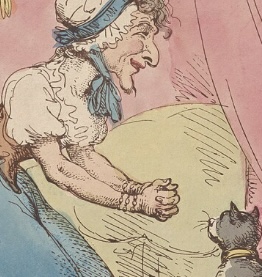
Women Writers Project
This website is great for exploring the literary value that women provided through the Early Modern Period.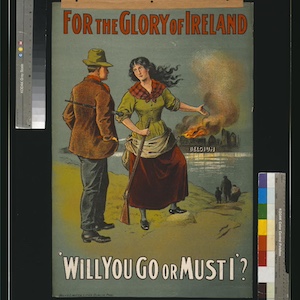
For the glory of Ireland

Teaching Central America
Teaching Central America provides educational materials for K-12 educators with the goal of centering Central American history and culture in primary and secondary classrooms.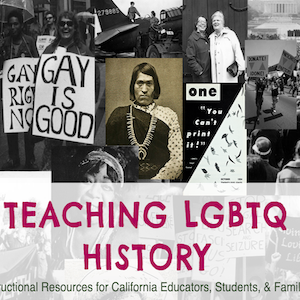
Teaching LGBTQ History
Teaching LGBTQ History is an organized and quality social-justice oriented educational resource that provides a wide diversity of adaptable lesson plans and connection to outside community-based and digital online resources.
Girl Museum
The Girl Museum makes important interventions by placing girlhood more squarely into the teaching of history, literature, culture, and arts on a global scale.
Archives Portal Europe
This website presents records from dozens of countries, in over 20 languages, and from around 7000 diverse archival institutions total including the national archives of dozens of countries and other smaller institutions.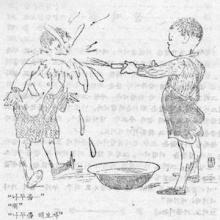
Source Collection: Korean Colonial-Era Children’s Literature
Children's literature can reveal a great deal about the time and place in which it was written. These stories from Korea published in 1946 provide insights into ideas about childhood, play, gender, family and even national identity the newly independent and not yet divided nation.
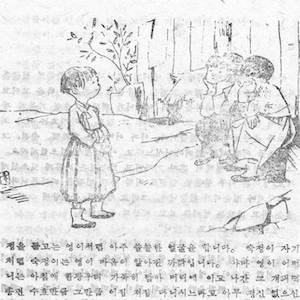
Sympathy
Published in 1946 for an audience of affluent, book-buying families in Seoul, Grapes and Beads realistically describes the daily lives of children in the poorer countryside with affection and respect.
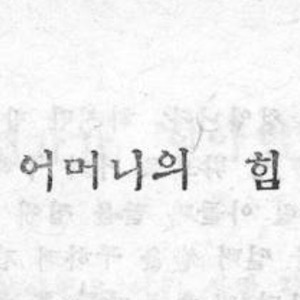
A Mother's Power
Published in 1946 for an audience of affluent, book-buying families in Seoul, Grapes and Beads realistically describes the daily lives of children in the poorer countryside with affection and respect.

Cat (Korean Children's Story)
Published in 1946 for an audience of affluent, book-buying families in Seoul, Grapes and Beads realistically describes the daily lives of children in the poorer countryside with affection and respect.